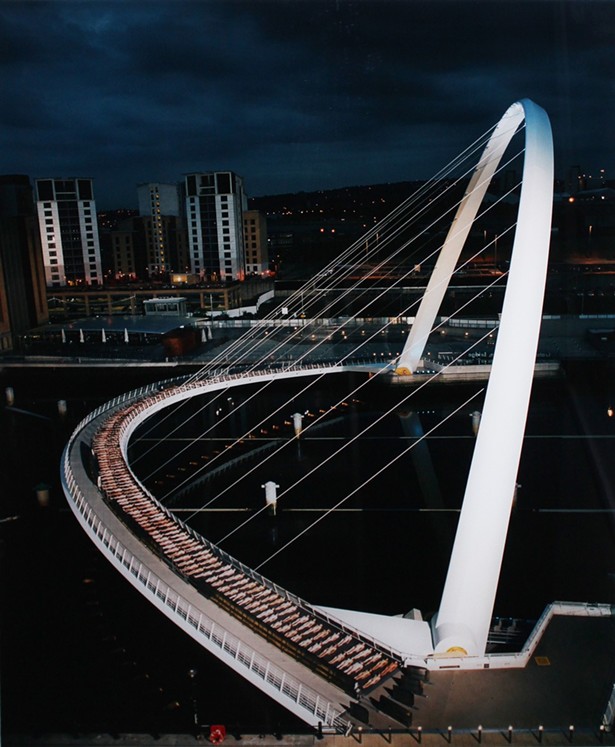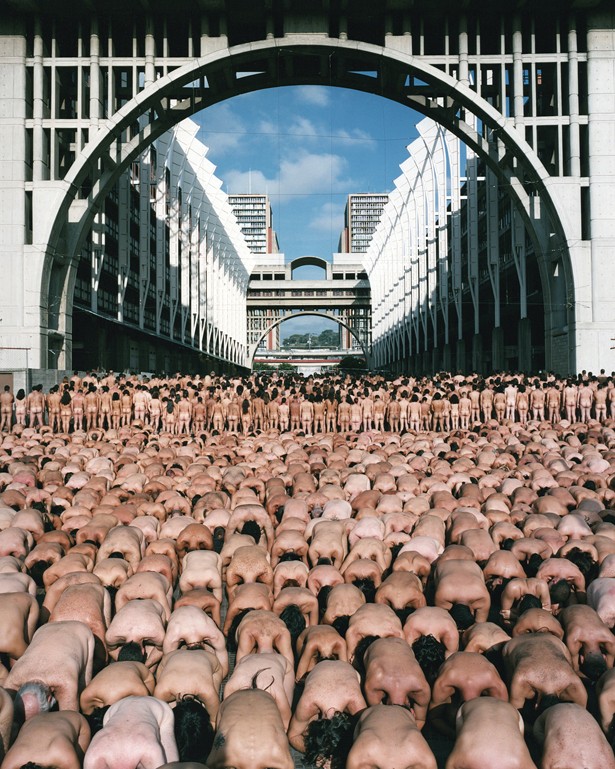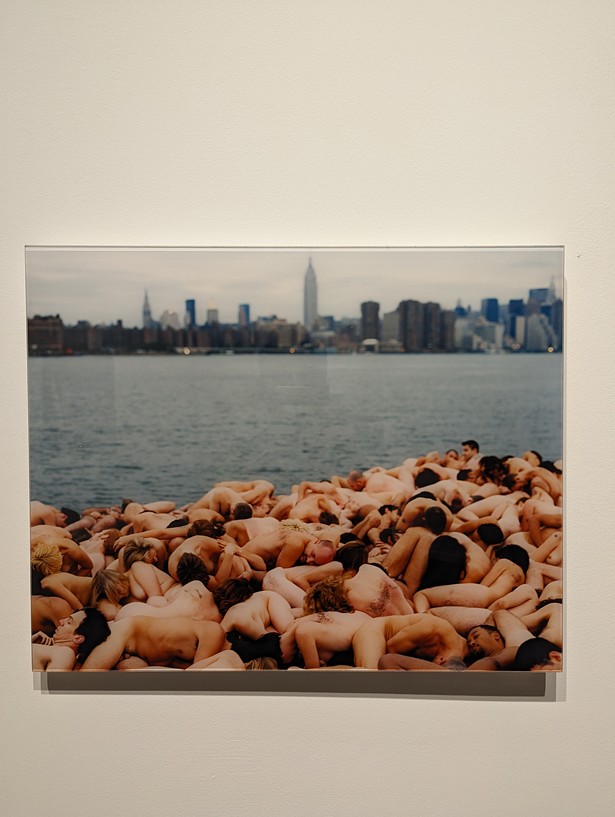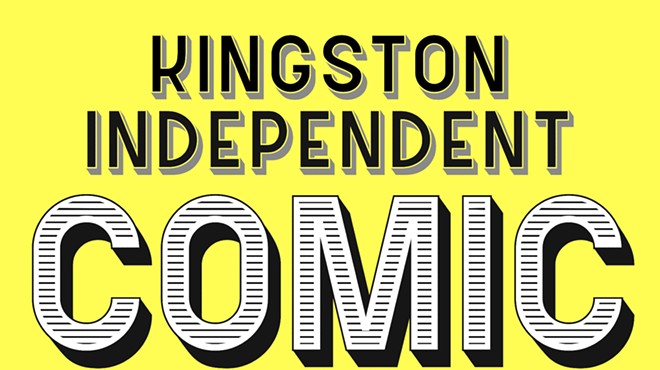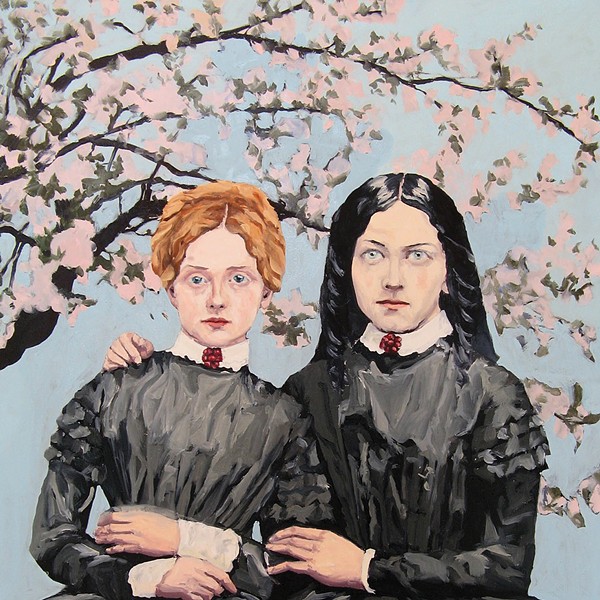Spencer Tunick has been taking mass nude photographs since the 1990s. He began shooting individual portraits on the weekends at sunrise on the streets of New York City but soon found that too many people wanted to appear in his series. "I decided to call everyone on their home phones who wanted to pose for me, invited them, and left messages on their answering machines to meet me on an early morning in the summer of 1994 in front of the United Nations. Twenty-eight people showed up. That was my first group nude," Tunick says.
Working primarily with people who are not models, taking advantage of the early morning light, Tunick works swiftly. "They are often uncomfortable with being nude for extended periods of time. Plus, it's chilly in the morning hours. So, I try to communicate clearly and quickly. On a city street, people are really attentive. They are making the work with me," he explains.
In exchange for participating, Tunick tries to get everyone a print. He has worked with approximately 150,000 people over nearly 30 years.
Locations are a key aspect to Tunick's work. He has photographed in front of the Opera House in Sydney, Australia; the Zocalo plaza in Mexico City; the high desert of Nevada; the Aletsch glacier in Switzerland, as well a number of shoots in the Hudson Valley. Tunick was born in Middletown.
His work shows the commonality of the human figure and, perhaps, that we are all naked in the face of nature, whether in a cityscape or a landscape. Shooting so many people at once, the human figure becomes abstract, and Tunick thinks of it more as collage, connecting the nude human form to the concrete world. "The groups form an organism or a substance often aligned with performance, color field painting, land art, or environmental art. I place people to interact with the streets and architecture in a symbiotic way or to push against it in a positive way," he says.
In contrast, Tunick's individual portraits tend to be whimsical or fantastical—touching on the symbolist movement in painting or even Dada—but equally as powerful.
After living in Brooklyn for many years, Tunick moved to Suffern, in Rockland County, in 2006 seeking space for his growing family. "We discovered Garner Arts near Suffern. It reminded me of a smaller, more bohemian Mass MoCA. It was exciting, because they were growing and expanding their art program until a flood collapsed their huge main gallery building during Hurricane Irene," says Tunick. It took some time but they eventually raised the funds to make a new, better, magical, industrial gem of a gallery called Building 35. It's the art center that could," he says.
Through November 5 at Garner Arts Center, a retrospective of Tunick's work, "Naked Pavement," will be on display, featuring banners, photographs, and video of his installations from around the world. "I'm very honored to be in their new gallery," he says. "The works I am showing are varied from many journeys around the globe and the American states. They include my first early nude (one-on-one) works shot in black-and-white to newer mass nude works, made with groups of people on glaciers, in deserts, and posing in the main squares of cities."
When asked how he wants to be known, he replies, "as an artist collaborating with many generous, brave participants, leading people physically and mentally through a creative journey, making positive artworks in a surreal manner on the edge of reality and fantasy."
Follow Spencer Tunick on Instagram.







